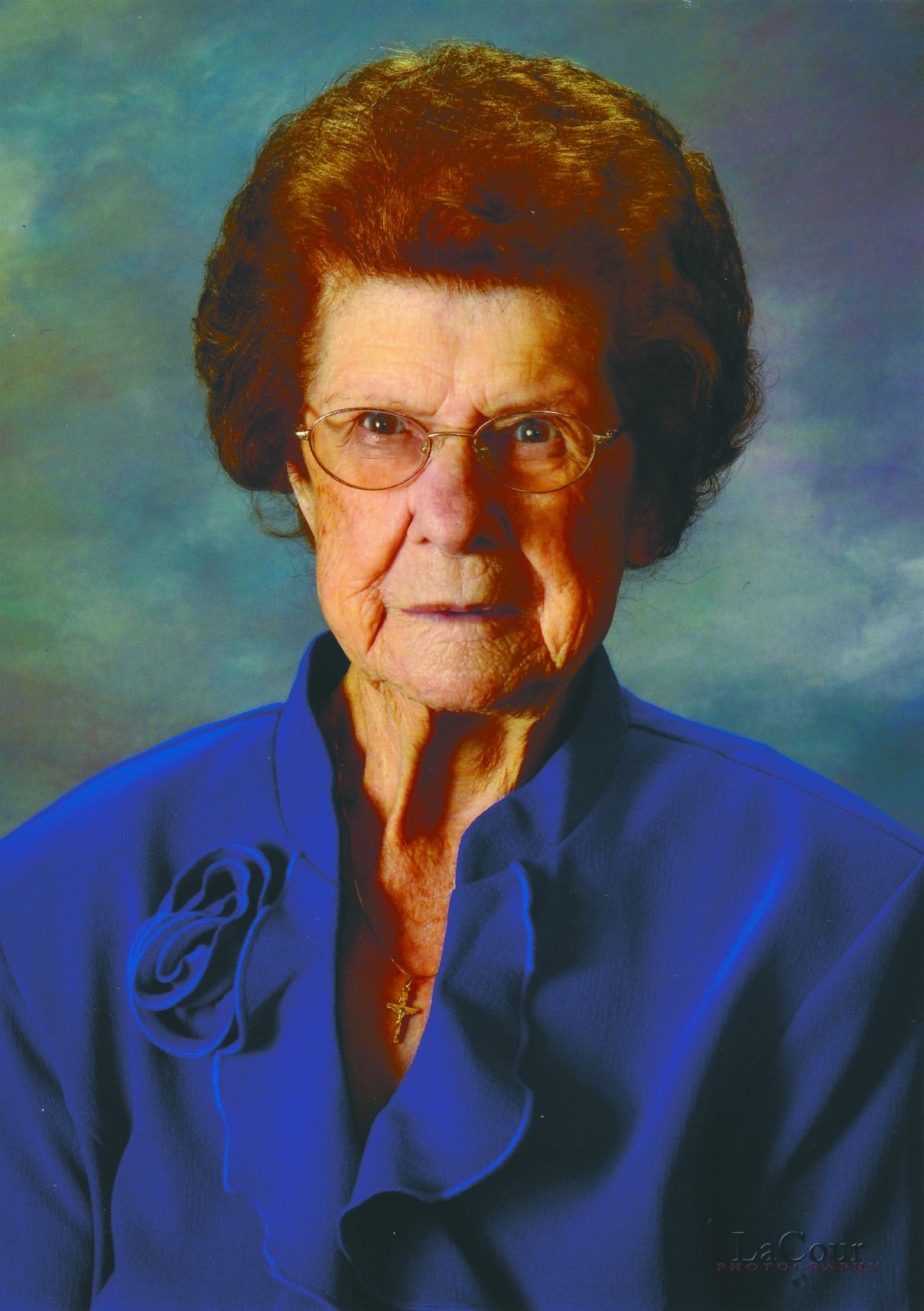Time to ready for storm season is upon us
June 2, 2015
Cajun centenarian brought family together around table
June 2, 2015Pope Francis beatified Archbishop Oscar Romero of El Salvador on May 23. Soldiers assassinated him in 1980 while celebrating Mass. Cardinal Angelo Amato, the head of the Vatican’s Congregation for Sainthood, said, “Blessed Romero is another brilliant star that belongs to the sanctity of the church of the Americas.”
Archbishop Romero went to celebrate a 6 p.m. mass in San Salvador’s hospital of Divine Providence. The mass had been widely publicized throughout the diocese. While he was celebrating mass in the hospital’s chapel, the archbishop was shot in the chest from outside.
Many have come to know his voice though they have never met him. However, they have heard often the last homily in which he pleaded with soldiers to stop killing innocent civilians.
Three years later, on the occasion St. John Paul II’s visit to the country, the nuns of the hospital made a monument to Mary in the same place where they had buried Romero’s remains. “When they were digging, they ran into the box and the plastic bag where they had placed his insides. The blood was still liquid and the insides did not have any bad smell,” said the Vicar General, Msgr. Urioste. They gave the Pope a small canister with Archbishop Romero’s blood.
Like Jesus, Romero often took the side of the poor and the people with no power. His homilies often pleaded for better conditions for the underprivileged, and respect for people of all social classes. His enemies accused him of being a Marxist. His Vicar General said that Romero “never had a Marxist thought or Marxist ideology in his mind.” After 12 years of extensive study of his life and writings, the Vatican never found anything that supported these claims.
Msgr. Urioste noted that Romero, “Read the Bible and there he encountered a Jesus in love with the poor and in this way started walking like him.” In Romero’s time the government was “a ferocious military dictatorship, which had ‘national security’ as its theme.” Everyone who either sided with the poor or expressed concern for them “were accused of being communist, and were sent to be killed without a trial. There were 70,000 deaths in the country then.”
In a time of difficulty in El Salvador, Archbishop Romero knew “how to guide, defend and protect his flock, remaining faithful to the Gospel and in communion with the whole church,” Pope Francis said. “His ministry was distinguished by a particular attention to the poor and marginalized. At the time of his death, while celebrating the holy sacrifice, reconciliation and love, he received the grace to be fully identified with the one who gave his life for his sheep.”
In February Pope Francis signed the decree recognizing Archbishop Romero as a martyr, a person killed “in hatred of the faith,” which meant there is no need to prove a miracle for beatification. In general two miracles are needed for sainthood – one for beatification and the second for canonization.
An offertory gift during the Mass on May 23 was the book “De la locura a la esperanza” or “From Madness to Hope.” It’s a document generated during the peace accords that ended the country’s 12-year war. It chronicles some of the greatest human rights atrocities committed in El Salvador during the conflict, including the killing and rape of four women religious from the U.S., the killing of priests, catechists, as well as massacres of unarmed civilians.
The collected thinking at the beautification was this: the best way to honor Archbishop Romero is to work for peace and justice in El Salvador, and in other parts of the world afflicted by poverty, war, violence, oppression and economic injustice. This includes the United States.





